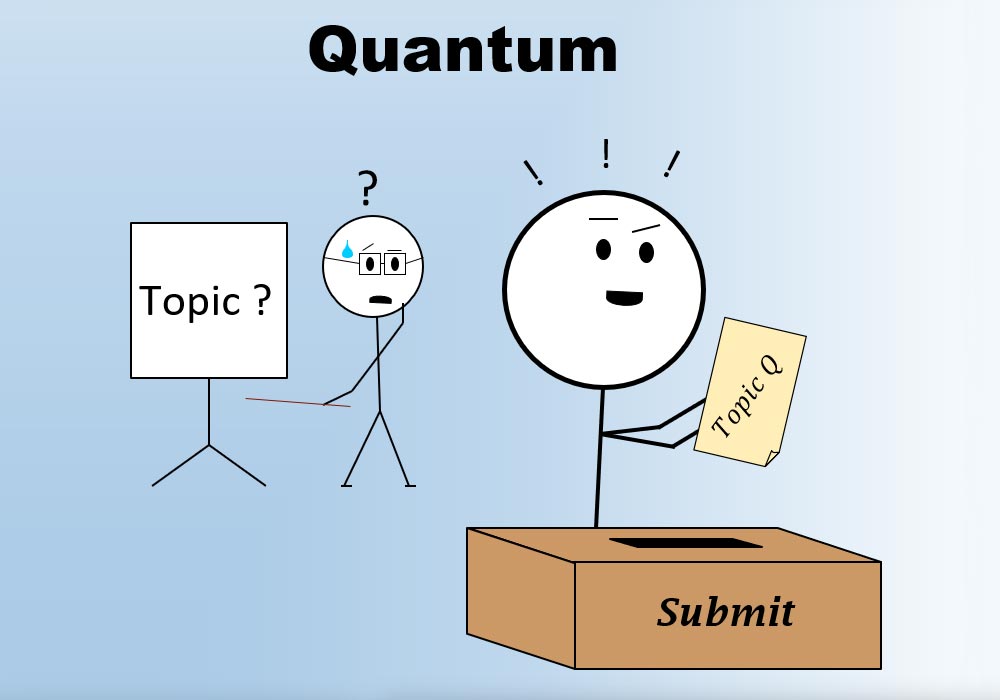In the classical world, the student’s ignorance is revealed through the teacher’s questions. In the quantum world, the student hides his ignorance by means of clues written in a quantum alphabet. Photo credit: Michael Kewming
Students can hide their ignorance and correctly answer questions in an exam without teachers recognizing their lack of knowledge – but only in the quantum world.
University of Queensland researchers successfully tested a counterintuitive idea from quantum theory in the laboratory – that ignorance of the whole does not necessarily imply ignorance of the parts.
The UQ physicist Dr. Jacqui Romero from the ARC Center of Excellence for Quantum Engineering Systems (EQUS) said the team’s findings are important for assessing the security of quantum encryption.
“What is also really nice is that we are providing an accessible, real-world interpretation of a proposition that comes from pure probability theory,” said Dr. Romero.
According to classical intuition, ignorance can be traced back to a source. When a student’s knowledge of a book is incomplete, a teacher can design a test to examine which parts of the book are unknown to the student.
UQ PhD student and EQUS experimental physicist Michael Kewming said that this is not always the case in the quantum world.
“Our results confirm that the source of the student’s ignorance can be hidden from the teacher using quantum systems,” said Kewming. “When we communicate, we use special symbols called letters that make up an alphabet. In our study, we do the same thing, but we use light to create a quantum alphabet. ”
According to Mr. Kewming, quantum alphabets have strange properties.
“Let’s say the student has an exam that covers two subjects and even though he hasn’t studied, a knowledgeable friend gave him a single clue,” he said. “In the classic situation, this hint can only be so helpful – it provides information on only one topic – and the teacher can still find out which topic the student does not know.
“However, a note written with our quantum alphabet could contain information on both subjects at the same time, even though it appears to be only one. As a result, the teacher cannot determine the source of the student’s ignorance because the clue is always useful to the student. ”
The UQ research team was able to verify this in a physical experiment by writing information in the form of individual photons – the particles that make up light.
“Our result has implications for the security of quantum-based encryption because we have shown that what applies to classical clues does not apply to quantum clues,” said Dr. Romero.
Unfortunately for students preparing for exams, quantum clues will soon no longer be available outside the lab.
The results will be published in Physical Examination Letters.
Reference: “Hiding ignorance with high dimensions” by MJ Kewming, S. Shrapnel, AG White and J. Romero, June 22, 2020, Physical Examination Letters.
DOI: 10.1103 / PhysRevLett.124.250401



